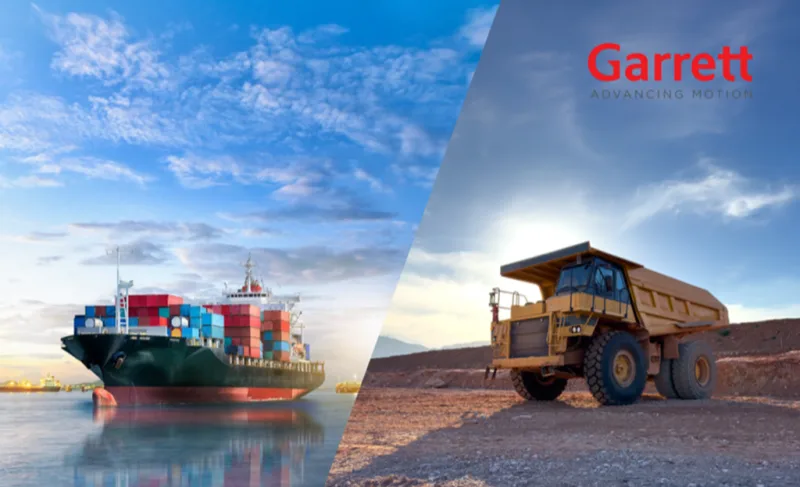
Scan the WeChat code to contact us
Mainly engaged in various brands of turbochargers.

In the world of powerful engines, turbochargers are the unsung heroes of the performance revolution in heavy equipment such as power generation, marine propulsion and mining operations.
This core technology helps OEMs develop powertrains that are more fuel-efficient and meet stringent emissions regulations. This is a world where engineering innovation drives environmental progress.

Turbochargers have long been a critical component of automotive performance. In fact, Garrett has been a leader in this field for nearly 70 years, especially in passenger cars, vans, trucks and racing. It can be said that Garrett’s differentiated boosting solutions have helped OEMs transform daily driving, increasing power and efficiency while reducing emissions.
Perhaps less well known, Garrett is also a leader in large off-road engines. Garrett’s first turbocharger was developed for the Caterpillar D9 tractor in 1955, marking the beginning of the turbocharger era. Today, turbocharging technology is used around the world, covering nearly all on-road and off-road vehicle applications.
While passenger cars always get the spotlight, the impact of turbochargers in the off-road and industrial sectors is equally impressive. Today, this technology helps large engines meet stringent emissions standards on every continent.
Garrett’s global engineering R&D investment continues to drive breakthroughs in large turbochargers. Garrett’s innovations advance this core technology and provide solutions for all relevant regulations, including UN ECE R96 Stage IIIA, IMO Tier III, EPA & CARB Tier 4, EU Stage V, China Nonroad Stage IV, and more.
Core Technology for Non-Road and Heavy Industry
Turbochargers use the energy in the exhaust gases to compress the intake air. This allows the engine’s power output to be significantly increased without increasing displacement. This enables the engine to extract more energy from each fuel molecule, which translates into higher power output. In addition, because turbocharged engines can use a leaner fuel-air mixture, they also improve fuel efficiency and reduce greenhouse gas emissions.